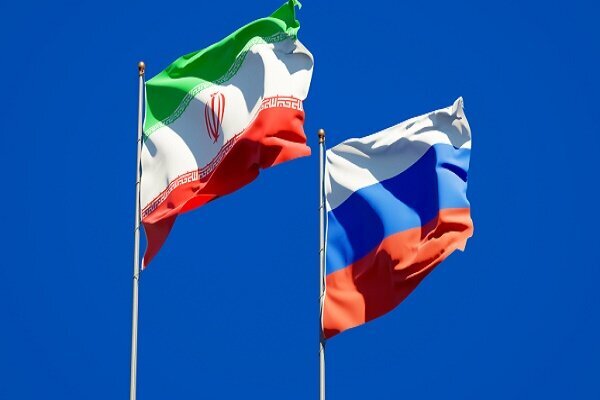Odia Artist's 'Kalash': A Journey of Craftsmanship and Culture for 'Meri Maati Mera Desh'
Introduction
India, with its diverse culture and rich traditions, is home to numerous forms of art and craft that have been passed down through generations. One such art form is the 'Kalash,' a traditional Odia craft that holds a significant place in the cultural heritage of the state. In this blog, we will explore the artistry and cultural significance of Odia artist's 'Kalash' for the program 'Meri Maati Mera Desh.'
Unveiling the Kalash: A Symbol of Prosperity and Well-being
The Kalash is a traditional brass or copper pot with intricate designs and carvings, often used as an auspicious symbol in Hindu rituals and ceremonies. In Odisha, the Kalash plays a vital role in various religious and cultural events. It is not merely a piece of metal but a representation of prosperity, well-being, and purity.
Craftsmanship and Artistry
Odia artists, with their incredible craftsmanship, transform these simple metal pots into exquisite pieces of art. The process involves a series of intricate steps that require skill and precision.
Metal Preparation: The first step is to source the right type of metal, usually brass or copper. The metal is melted, molded, and then cooled to form the shape of the Kalash.
Engraving and Embossing: The most captivating aspect of the Kalash is the detailed engravings and embossing. Skilled artisans use specialized tools to create beautiful patterns, motifs, and designs on the surface of the pot. These designs often depict scenes from Hindu mythology, nature, and other cultural symbols.
Polishing and Finishing: After the intricate engravings, the Kalash is polished to give it a shiny and attractive appearance. The polished surface enhances the beauty of the artwork and adds to its aesthetic value.
Final Touch: The Kalash is often adorned with intricate handles and a lid. The lid can be crowned with a finial, which is sometimes shaped like a coconut, mango, or a traditional deity, adding an extra layer of significance to the piece.
Cultural Significance
The Kalash is more than just a decorative item; it carries profound cultural and religious significance in Odia tradition. Here are a few ways in which it is used:
Rituals and Ceremonies: The Kalash is an integral part of various Hindu rituals and ceremonies. It is filled with holy water and adorned with mango leaves and a coconut, symbolizing purity and auspiciousness.
Festivals: During festivals like Durga Puja and other religious celebrations, the Kalash is used as a sacred vessel to offer prayers and blessings to the deities.
Weddings: In Odia weddings, the Kalash is an essential part of the 'Kanyadaan' ceremony, symbolizing the bride's journey to her new home.
Home Decor: Beyond religious ceremonies, Odia households often use Kalash as a piece of decorative art that symbolizes prosperity and blessings.
Meri Maati Mera Desh' and the Kalash
Meri Maati Mera Desh' is a program aimed at promoting and preserving India's diverse cultural heritage and traditions. The Odia artist's 'Kalash' is a perfect representation of this objective. By showcasing the craftsmanship, cultural significance, and history of the Kalash, we not only celebrate the artistry of Odia artisans but also preserve the cultural heritage of Odisha.
Conclusion
The Odia artist's 'Kalash' is a shining example of the intricate craftsmanship and cultural richness of India. It is a testament to the skills and creativity of the artisans who have been carrying this tradition forward for centuries. As we appreciate the beauty and significance of the Kalash, we also embrace the spirit of 'Meri Maati Mera Desh,' which aims to honor and protect the cultural treasures of our nation.




Comments
Post a Comment